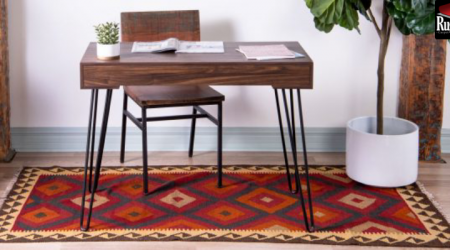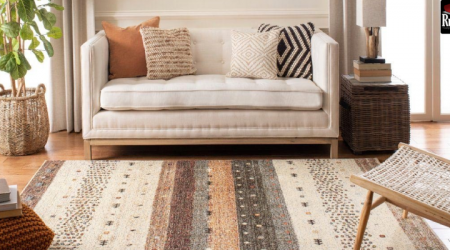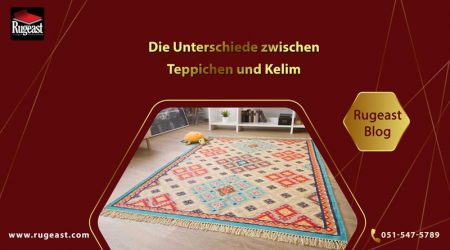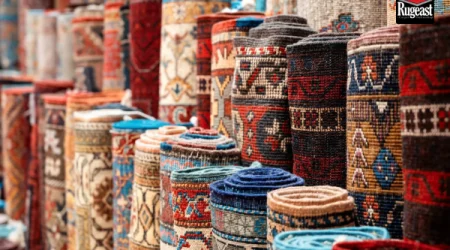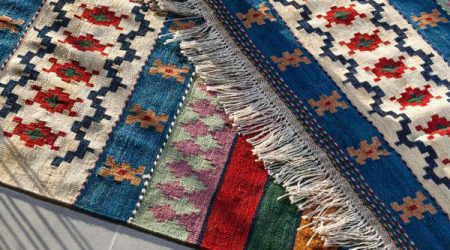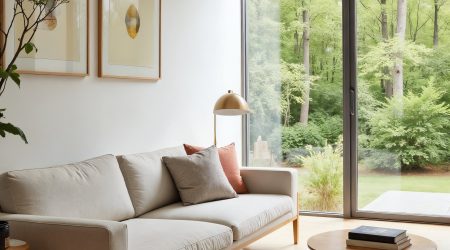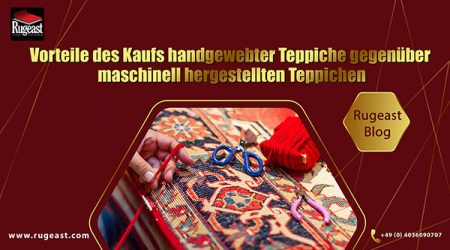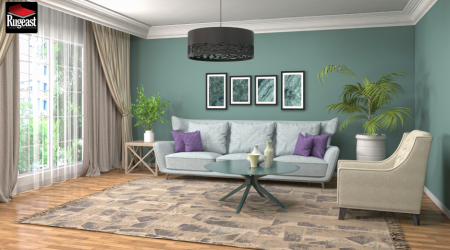Choosing a Handwoven Iranian Carpet for the Gulf Lifestyle
In the Gulf region, a carpet is far more than a floor covering — it is a symbol of hospitality, elegance, and cultural heritage. Across Oman, Qatar, the UAE, Kuwait, Bahrain, and Saudi Arabia, a handwoven carpet is an essential part of both private homes and majlis gatherings, where guests are welcomed with warmth and generosity.
Among the many types of carpets available worldwide, the handwoven Iranian carpet has a special place in the hearts of Arabian homeowners. Known for its intricate designs, fine craftsmanship, and luxurious feel, it reflects both opulence and authenticity. These carpets are not only practical for everyday use but also treasured as long-term investments.
In this comprehensive guide, we will explore how to choose the perfect Iranian carpet for Gulf-style living. We will cover everything from design and color palettes to sizes, materials, and weaving styles, ensuring that you select a rug that complements your home’s architecture, suits your cultural preferences, and offers the durability you need.
Understanding the Gulf Lifestyle and Interior Design
Open and Spacious Architecture
Homes in the Gulf often feature expansive rooms with high ceilings, large windows, and open layouts. The majlis, or formal sitting room, is a central feature, designed for receiving guests. Seating is sometimes low to the ground or arranged around the room’s perimeter, making the carpet itself a focal point of the space.
Cultural and Social Traditions
Hospitality is a cornerstone of Gulf culture. Families frequently host large gatherings, celebrations, and religious events at home. This creates a need for carpets that are not only beautiful and refined but also comfortable and resilient. A handwoven carpet serves both purposes — providing a soft, welcoming surface for seating and adding a layer of prestige to the room.
Visual Preferences
In terms of aesthetics, Gulf buyers tend to gravitate toward rich, warm colors and intricate patterns. Designs with fine details, symmetrical arrangements, and a strong central medallion often convey a sense of order, grandeur, and sophistication.
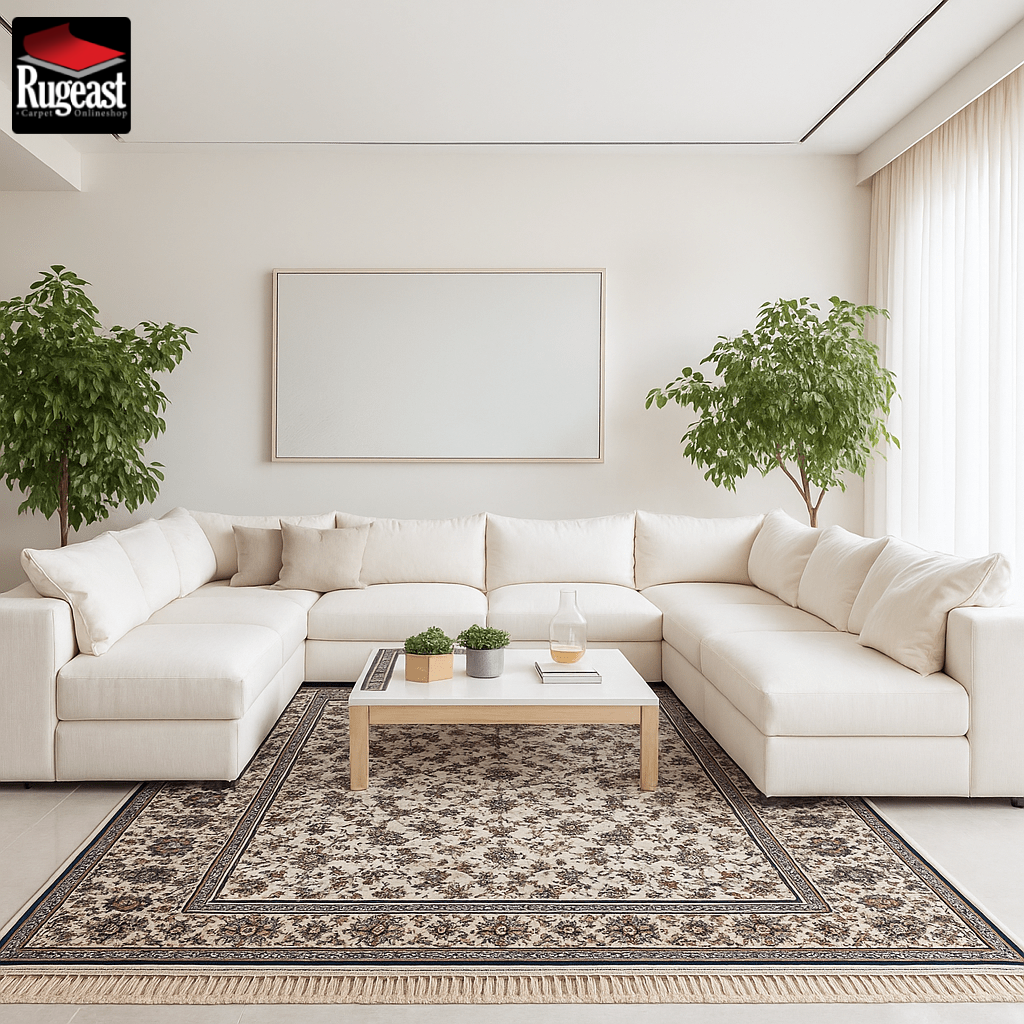
Design and Pattern – Which Iranian Carpet Suits Arabian Taste?
Classic and Elaborate Motifs
One of the most beloved styles in the Gulf is the Lachak and Toranj (Corner and Medallion) pattern. Originating in many weaving centers such as Isfahan, Kashan, and Tabriz, this design features a large central medallion surrounded by detailed corner motifs. It represents harmony, balance, and timeless beauty — qualities that resonate deeply with Gulf interior traditions.
Afshan and All-Over Patterns
For homeowners who prefer a more uniform look, the Afshan design, with floral elements spread evenly across the entire field, is a perfect choice. This pattern creates a continuous flow, making large rooms appear even more expansive.
Floral and Paisley (Boteh) Motifs
The paisley motif, known in Persian as boteh, is a symbol of life and eternity. Iranian carpets from Qom and Isfahan often feature delicate floral arrangements and boteh elements woven in silk, giving them an unmatched elegance. Such designs are especially popular among Gulf buyers seeking a refined, feminine aesthetic for their formal rooms.
Mohtasham Kashan Carpets
Mohtasham carpets from Kashan are revered for their soft wool, fine knot density, and sophisticated borders. With rich reds, blues, and creams, they bring a regal charm to any space. These carpets are particularly valued as heirlooms and investment pieces.
Hunting Scene and Tree of Life Designs
Carpets depicting hunting scenes or the Tree of Life carry symbolic meanings of vitality, abundance, and prosperity. They appeal to Gulf buyers who appreciate both the narrative artistry and the cultural connection these designs embody.
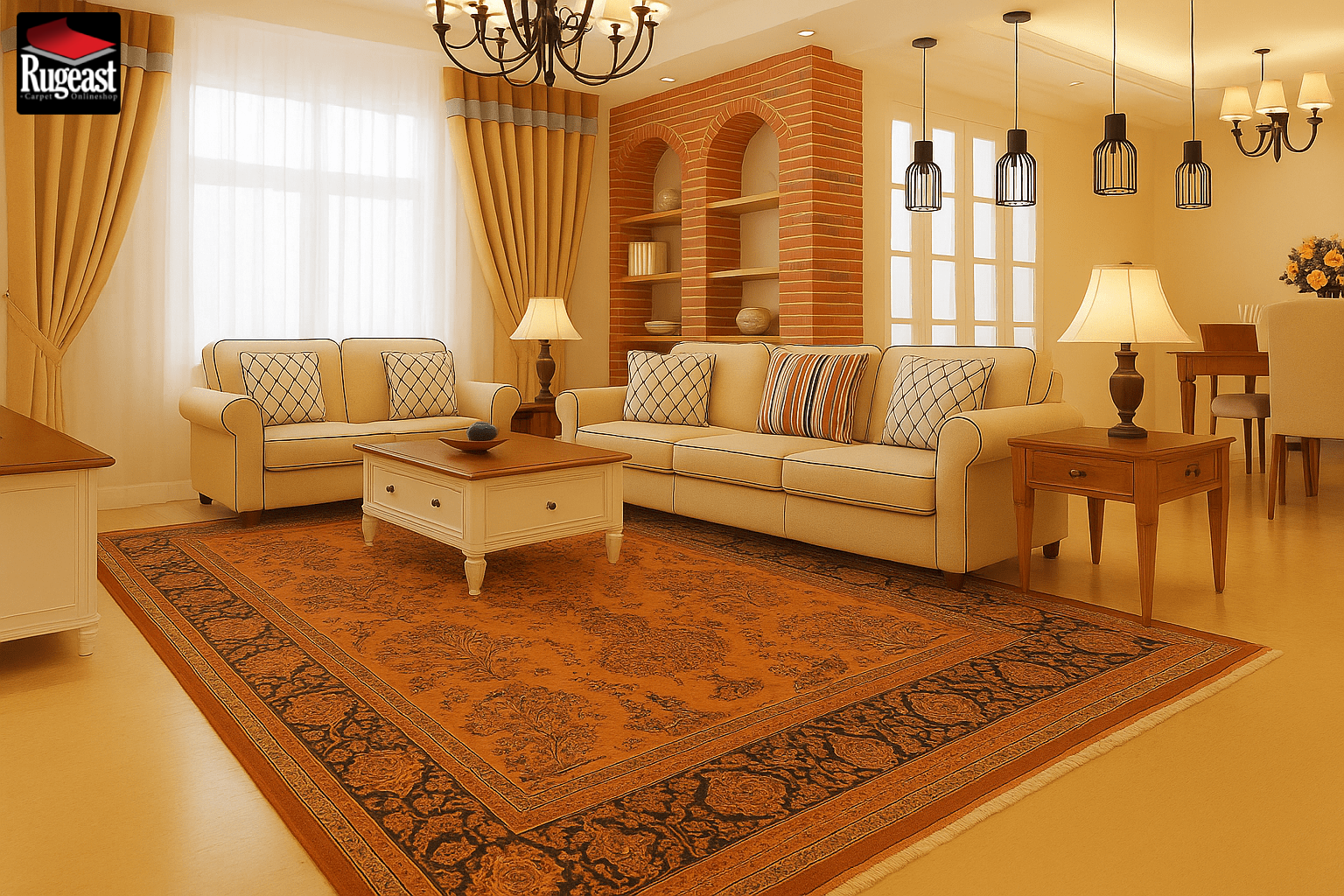
Colors and Visual Appeal – The Ideal Palette for Export Carpets
Warm and Deep Tones
Deep red (laki) and navy blue are two of the most sought-after colors for Gulf homes. These shades exude royalty, power, and warmth, making them ideal for formal spaces like the majlis. They also contrast beautifully with gold or cream-colored furnishings.
Gold and Cream Combinations
Gold and cream tones create a palatial effect. They reflect light, enhance the sense of space, and blend seamlessly with marble floors and gilded décor — both common in Gulf interiors.
Turquoise Blue Accents
Turquoise, a color deeply rooted in Islamic architecture, appears in mosques, domes, and historic palaces across the Middle East. In carpets, turquoise adds a refreshing vibrancy while maintaining a traditional connection, making it a favorite for homeowners seeking a unique yet culturally relevant touch.
Sizes and Dimensions – Matching the Scale of Gulf Interiors
Large-Format Carpets
Given the generous scale of Gulf homes, large carpets — 12 meters, 15 meters, and above — are often in demand. These oversized rugs cover entire sitting areas, eliminating the need for multiple smaller pieces and providing a unified visual flow.
Smaller Carpets and Runners
While large carpets dominate formal rooms, smaller rugs and runners are perfect for corridors, bedrooms, and entryways. They also work as complementary pieces alongside the main carpet in a majlis, helping to define specific areas.
Custom Dimensions
Many Gulf buyers commission custom-sized carpets to perfectly fit unique spaces, from grand entrance halls to irregularly shaped rooms. Iranian weavers are renowned for their ability to produce bespoke dimensions without compromising on design balance.
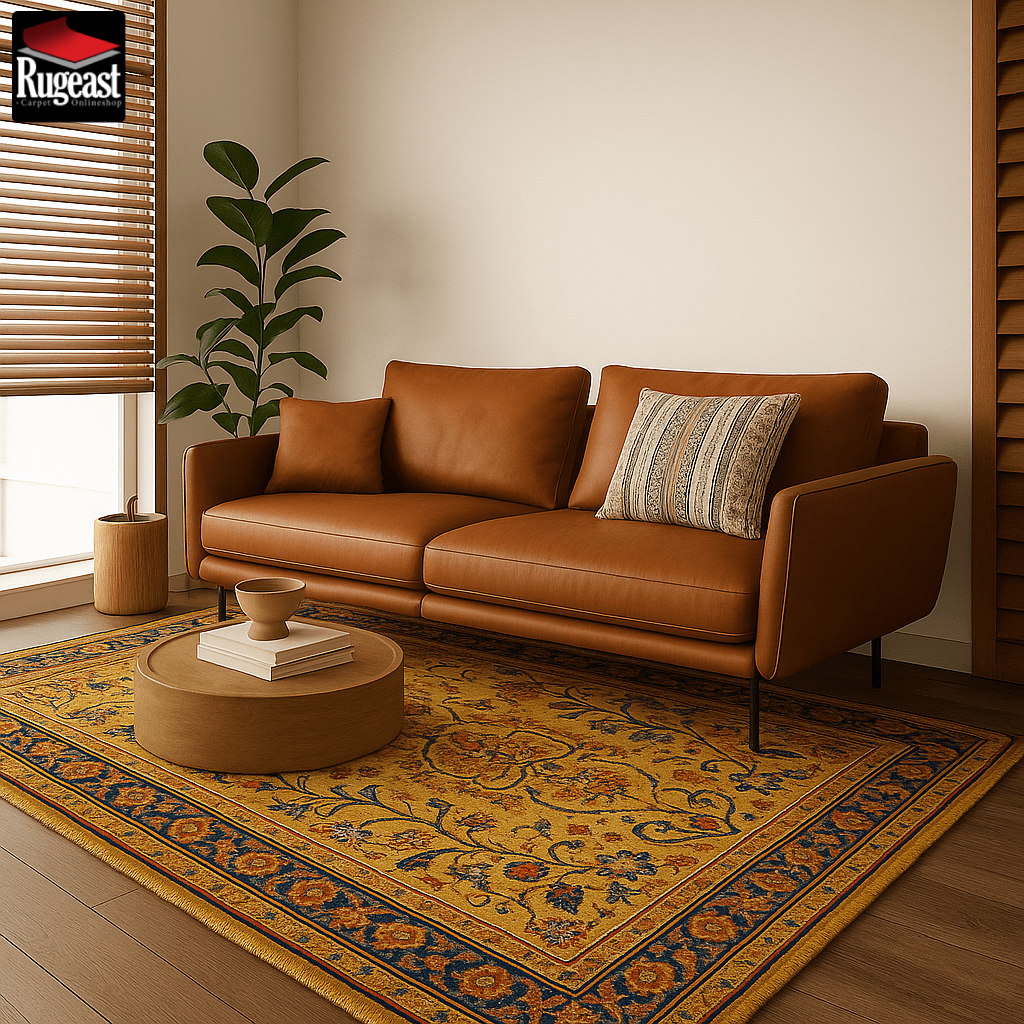
Material and Weave – Silk or Wool?
Silk Carpets
Silk carpets from Qom and Isfahan are prized for their luxurious sheen, fine knot count, and exquisite detailing. They are considered the epitome of refinement and are often reserved for less-trafficked areas to preserve their beauty.
Wool Carpets
High-quality wool carpets, particularly those from Tabriz, Kashan, and Mashhad, offer exceptional durability and comfort. They are ideal for high-use areas such as the majlis, where they can withstand frequent gatherings without losing their appeal.
Conclusion
Selecting the right handwoven Iranian carpet for Gulf-style living is a blend of cultural appreciation, design knowledge, and practical consideration. Whether you prefer the opulence of silk from Qom, the durability of Tabriz wool, or the regal patterns of Mohtasham Kashan, the key is to choose a piece that resonates with your home’s architecture, complements your lifestyle, and reflects your personal taste.
An Iranian carpet is more than a furnishing — it is an heirloom, a conversation starter, and a tangible link between Persian artistry and Arabian elegance. For those in Oman, Qatar, the UAE, Kuwait, Bahrain, and Saudi Arabia, owning such a piece is both a statement of style and an investment in beauty that lasts for generations.

